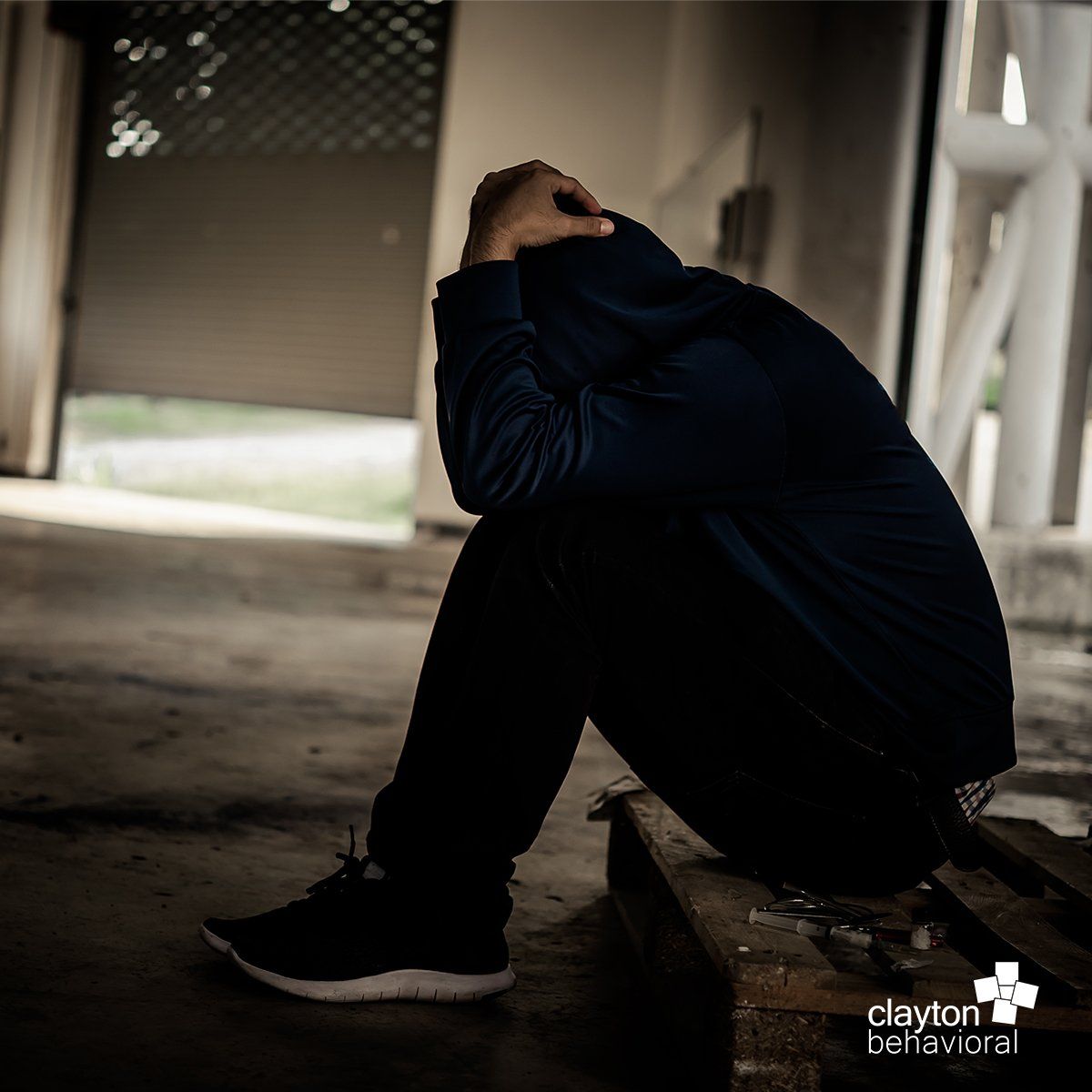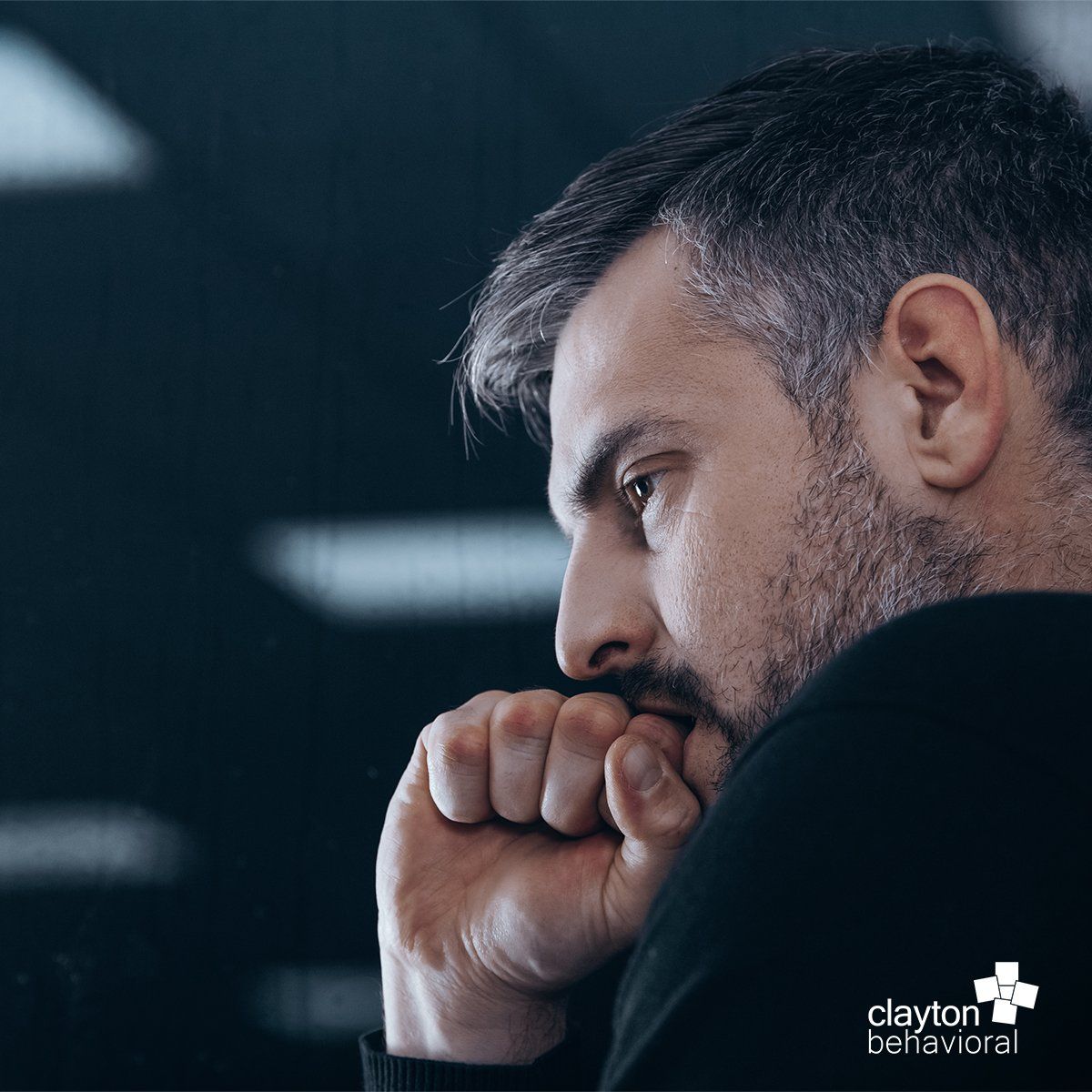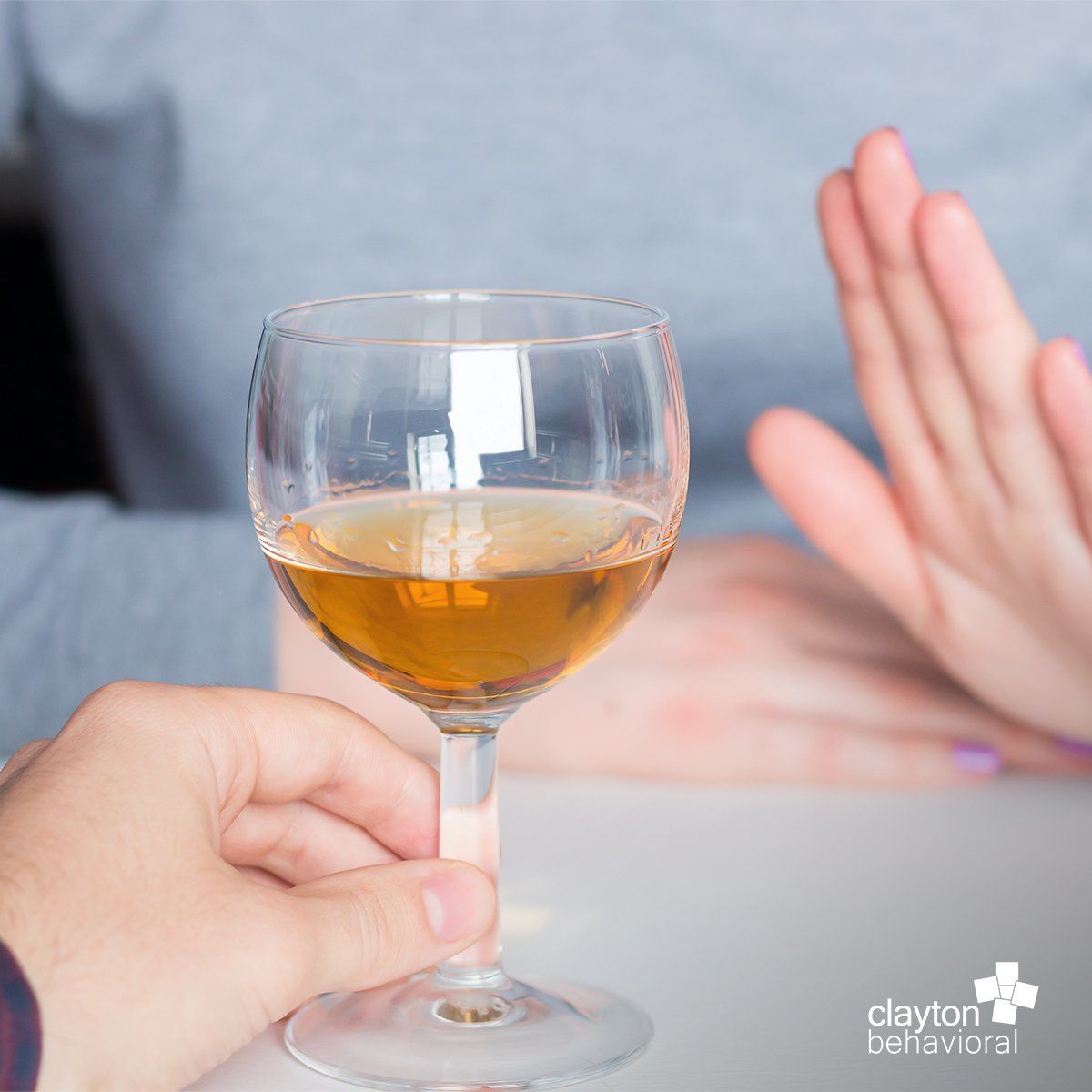The Opioid Overdose Epidemic in the U.S.

Since the rise of the opioid epidemic in the United States, you probably know someone who has been affected by addiction—perhaps a close friend or family member, or you may even struggle with the disease yourself.
Either way, you’re not alone. The Opioid Epidemic in the U.S. has caused tremendous grief and suffering for many. According to the U.S Department of Health and Human Services (HHS),over 42,000 people in the U.S. died in 2016 due to an opioid overdose, a huge spike from preceding years. Forty percent of those 42,000 cases involved an opioid that was obtained through a prescription.
What has led to this dramatic increase in persons with opioid addiction and opioid-related deaths in recent years? And why is this potent drug so addictive?
Misinformation from Pharmaceutical Companies
In the 1990’s, pharmaceutical companies convinced doctors that opioids were not addictive and could be prescribed to patients for pain management with impunity. That led to doctors over-prescribing opioids, even for simple outpatient procedures. As r ates of patient misuse skyrocketed,it became clear that opioids are indeed highly addictive. Statistics also show that many heroin users transitioninto using the street drug after first obtaining opioids through a prescription for opioid pain medication such as hydrocodone or oxycodone.
Pharmaceutical companies like Purdue Pharma have come under fire for encouraging doctors to prescribe their drugs without adequately conveying their likelihood for misuse. The company manufactures pain medications like hydromorphone, oxycodone, fentanyl, codeine, and hydrocodone, and is also the maker of the well-known and highly used opioid OxyContin.The company engaged vigorous marketing campaigns that intentionally downplayed the long and short-term dangers of opioid misuse. According to a 2017 article in The New Yorker, in 2003 the U.S. Drug Enforcement Administration drew a direct link between OxyContin abuse and the company’s marketing efforts. As prescription opioids continued to become more available over the years, so did the rates of persons with addiction.
Pharmaceutical fentanyl is a synthetic opioid pain reliever, approved for treating severe pain, typically advanced cancer pain, and, a ccording to the CDC, is 50 to 100 times more potent than morphine. However, unlike other pain medications, fentanyl is also manufactured in large quantities illegally: “most recent cases of fentanyl-related harm, overdose, and death in the U.S. are linked to illegally made fentanyl. It is sold through illegal drug markets for its heroin-like effect. It is often mixed with heroin and/or cocaine as a combination product—with or without the user’s knowledge—to increase its euphoric effects.”
The Effects of Opioids
Widespread availability of opioids through legal and nonlegal means has contributed to addiction rates. Many teenagers and underage users report heroin is easier to get than alcohol, which can hook them into the dangerous cycle of addiction at a frighteningly young age. Further, illegal drugs are completely unregulated and can be cut with a variety of harmful substances, with varying levels of purity.
When opioids are processed in the body and brain, the psychological effects include an intense feeling of euphoria as they cause the brain to quickly pump out an excess of the neurotransmitter dopamine. Once the effects wear off, persons with addiction often report immediately desiring more.
Tolerance and Increased Risk of Overdose
Persons with addiction also quickly develop a tolerance, which requires them to ingest more to achieve the same psychological effect. Physical dependence also increases with repeated exposure to the drug, as withdrawal symptoms quickly emerge when an addict attempts to stop using. These include flu-like symptoms like nausea, vomiting, muscle spasms, anxiety, depression and more. It can also be dangerous if a person with addiction chooses to use again after a period of sobriety, as a previously-tolerated dose can be lethal. These risks increase greatly when opioids are combined with alcohol and other drugs.
How We Can Help
Clayton Behavioral provides intensive outpatient addiction programs ranging from six weeks to six months. We also offer safe medical detoxification, psychiatric assessment and treatment, psychotherapy for anxiety, depression, and other co-occurring mental health problems and continued care and support groups to facilitate long-term recovery.
If you think you or someone you know may be affected by alcoholism or drug addiction, please contact us for a confidential individual or family consultation at 314-222-5830. You can also visit our websiteor send us an emailfor more information.









